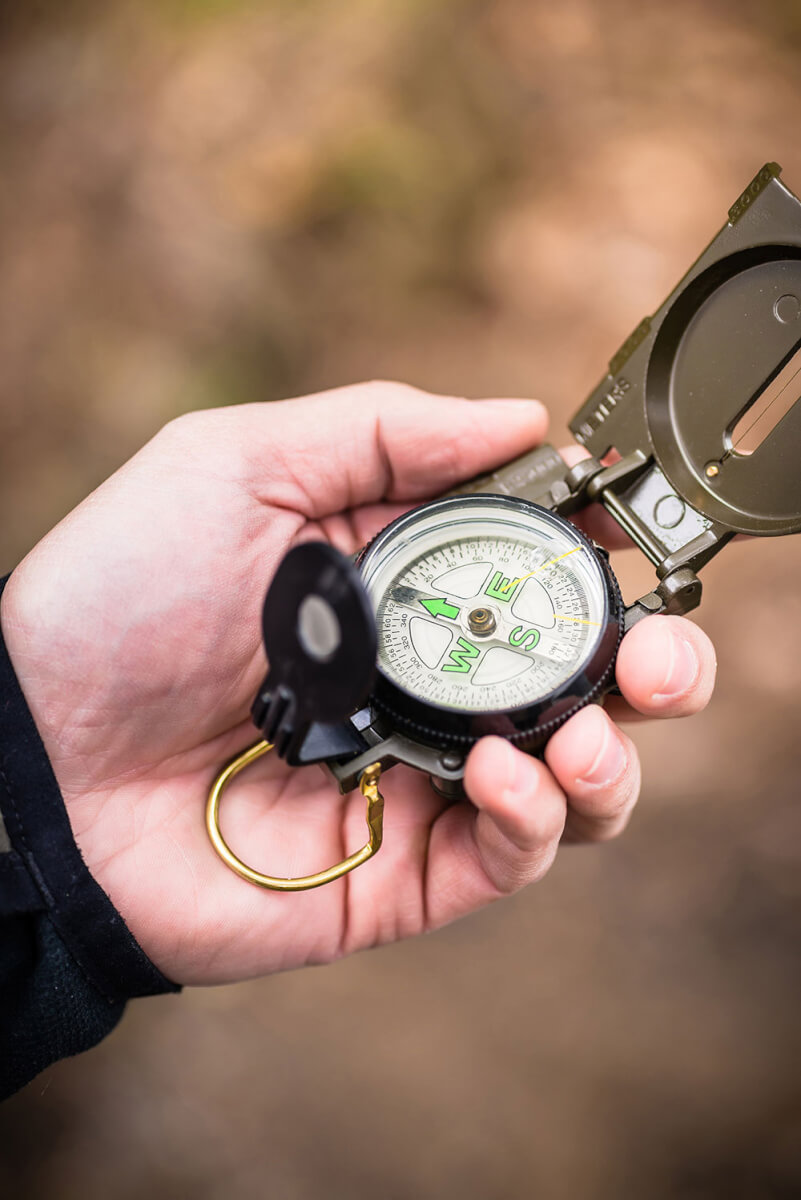SENSIBLE PRECAUTIONS
“You’d better be careful.”
How many times did my mom say that to me as I was growing up? I’m guessing it was several more times than I actually was listening to her. No one likes to have the spirit of an upcoming adventure dampened by yet another lecture on taking precautions. It spoils the fun to listen to a bunch of warnings.
Yet time after time, people put themselves into dangerous predicaments by failing to use common sense and good judgment. Sometimes they’re in denial that anything bad can happen to them. Maybe they overestimate their ability or underestimate the challenge.
In the news as I write this, a group of 17 kids and two adults had to be rescued by helicopter after spending a night trapped in a box canyon in Utah that presented challenges beyond their abilities. Forty hikers had to be rescued in one day in a Texas state park due to soaring temperatures of about 113 degrees. People making bad decisions not only put their own lives at risk, but also the folks – usually volunteers – who have to go out and save them from the clutches of a merciless Mother Nature.

I recall a time when I was a police officer, back about 100 years ago it seems, when our agency was part of a search and rescue effort for a lost mountain biker on a tract of state forest land. This land was bordered by state highways on three sides and a county road on the fourth. The bicyclist was literally in a box. All he had to do was travel a mile or two in a straight line in any direction and he would have been out of the woods. But he hadn’t familiarized himself in the slightest with this area.
Walking in one direction is one of the best uses of a compass, by the way. Even if you have no skills in working with a topo map or adjusting a compass for declination, simply using a compass to ensure that you keep headed in one consistent direction can get you out of trouble in a good portion of the U.S. Knowing what borders an area before you go in can go a long way in helping you to choose the correct direction to take to find your way out.
Anyway, during his ordeal, the mountain biker stubbornly stuck to single-track dirt bike trails even though he had crossed two-lane dirt roads several time during the night that would have led him to safety in a matter of minutes. He eventually found his own way out the next day and gave interviews to the local news, telling everyone how his vast skills as an outdoorsman had saved him from a tragic end.
Most people who must be rescued offer some pretty poor excuses: I intended on staying on the marked trail; My cell phone died; I ran out of water; I thought there would be signs; It’s a national park, they shouldn’t let these dangerous wild animals loose; I didn’t think it would be that hard to walk 10 miles; I wanted to post a photo of me hanging on the edge of the cliff.
I’m sure you’ve heard many more of these alibis. If you’re a regular reader of this publication, chances are pretty good that you’re not one of these helpless people. So, thanks for your patience in letting me go on with this rant. But do me a favor. Try to influence those around you with some timely advice so they don’t foolishly put themselves into risky circumstances. If you start with, “You’d better be careful,” and they refuse to listen beyond that, at least you can say you tried.
Steven Paul Barlow, Editor
sbarlow@engaged.media

